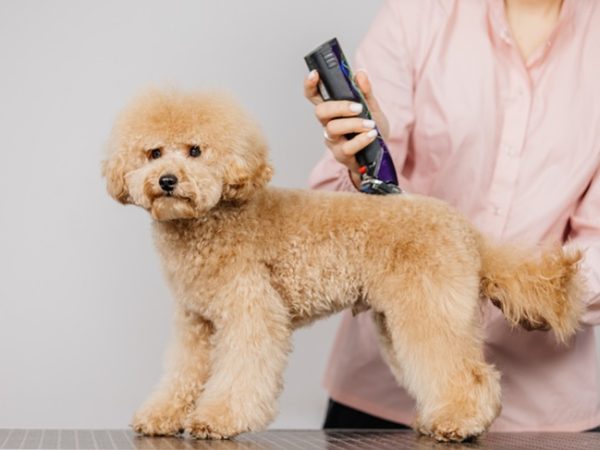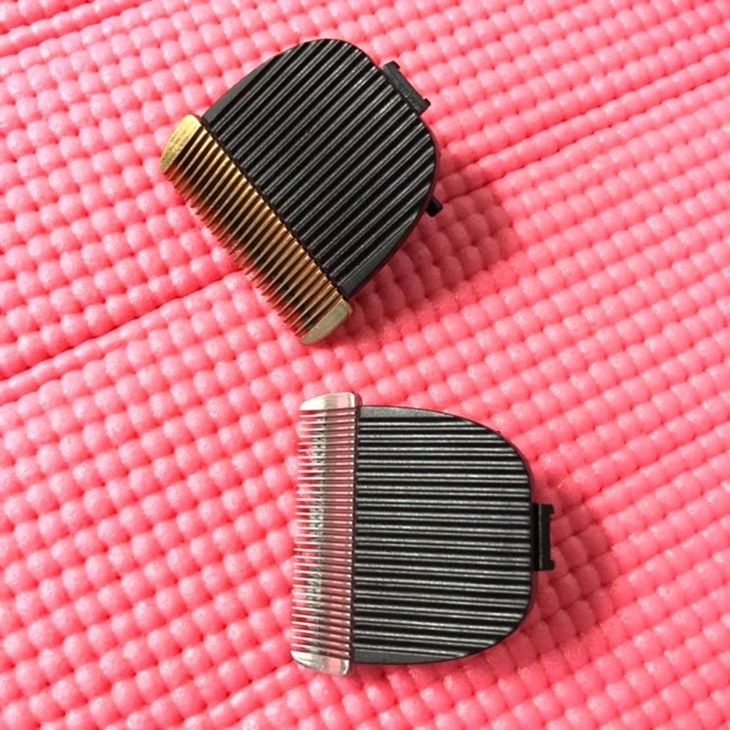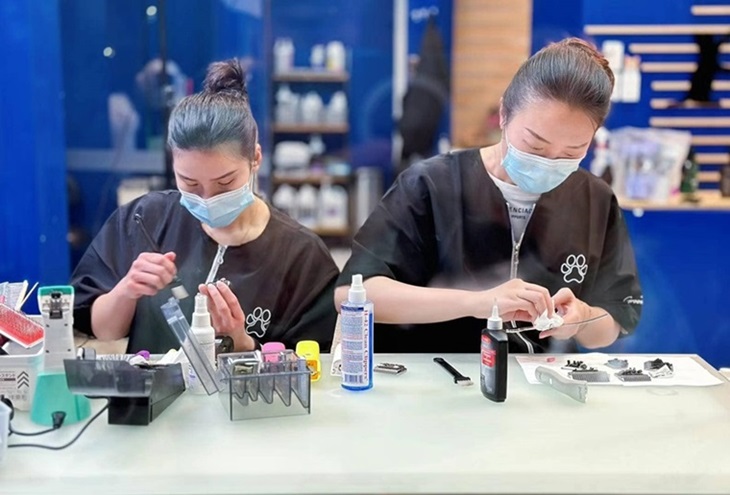11
Nov

Much like clippers, your trimmers are vital to running a successful dog grooming business. Proper care and timely blade replacements can pay off, making a significant difference both in cost and efficiency. This essential maintenance can prolong the life of the blade and the trimmer, maintain the correct blade tension, and save you time and money in the long run.

Getting through a full day of grooming pet appointments with dull blades is nothing short of frustrating. Blunt trimmer blades can slow you down and affect grooming quality, costing you both time and money. If your blades start to drag or pull on hair, they’re likely dull, underperforming and need replacing to avoid stress and ensure your grooms turn out perfectly.
You can avoid these stressful situations by ordering suitable replacement trimmer blades on time, so you can ditch the one you’re using before it becomes blunt. While replacing blades on time is key, knowing the ideal frequency can be challenging. On average, a dog blade lasts about four to six weeks for professional groomers and up to six months for home use, depending on factors like usage and coat type. The following factors will help you estimate the right time for a new blade.
If you work as a professional groomer, you probably use your clippers every day to clip all-over coats for multiple grooming appointments. I doubt that’s the case with small trimmers, though, because we don’t use them as much as clippers, and even if we did, we would only trim the face, head, tail, and paws. You will likely need to replace the blades every few months because you will undoubtedly use them more frequently than a pet parent who occasionally trims their furry child.
The longevity of your blade is also influenced by how clean the animal’s coat is. Manufacturers advise using their cutting tools on clean hair to ensure the blades glide through the coat easily. You will, however, occasionally need to apply them to dirty fur. In certain situations, clippers and trimmers must put in twice as much effort to cut through the filth and grime.
In addition to generating the best results, clipping or cutting a clean, dry, and mat-free coat is also better for your grooming equipment. Some groomers prefer to cut on wet hair, which might rust the blades if it isn’t thoroughly dried and lubricated. A blade should be cleaned, dried, and oiled after every use to prevent rust and extend its life.
Maintaining a trimmer blade is simpler when you have a reliable routine. Here are five steps to help extend the life of your blade, starting with clean, dry fur.

You can avoid costly replacements by investing in regular maintenance for your clipping and trimming instruments and their attachments. If you maintain your clippers each time you groom your pets, they will last you a long time and serve you well. Even though changing the dog trimmer blades can occasionally be pricey, doing so will save you hundreds of dollars on more costly repairs or purchases (like a new trimmer).